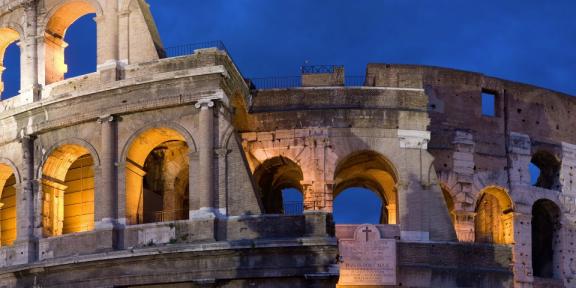This collaborative research project was funded for 3 years (1 January 2017-31 December 2019) by the Arts and Humanities Research Council. The project was led by Prof. Simon Gilson (Oxford), Dr Federica Pich (Leeds and now Trento) and Professor Guyda Armstrong (Manchester). The research team also includes two postdoctoral research fellows: Dr Giacomo Comiati (based at Oxford) and Dr Lorenzo Sacchini (based in Leeds) and was supported by an advisory board that includes prominent Renaissance specialists, historians of the book, Petrarch specialists, experts on the commentary genre, and librarians: Professor Zygmunt G. Barański (Cambridge/Notre Dame); Professor Lina Bolzoni (Scuola Normale Superiore di Pisa); Professor Theodore Cachey (Notre Dame); Dr Rhiannon Daniels (University of Bristol); Dr Paul Gehl (Newberry Library); Professor Bernhard Huss (Free University of Berlin); Professor William J. Kennedy (Cornell); Professor Massimo Lollini (Oregon); Professor Luca Marcozzi (Roma 3); Professor Brian Richardson (University of Leeds); Dr Andrea Torre (Scuola Normale Superiore di Pisa); Professor Jean Balsamo (Reims); Professor Juan Miguel Valero Moreno (Salamanca).
The project aimed to reconstruct the corpus of Italian Petrarch commentary and exegesis, by cataloguing the relevant materials and providing some analysis in terms of genres, contents (including paratextual materials), and readerships in a variety of contexts – academies, courts, universities, coteries of scholars, the print shop. The project created the first freely available on-line census offering a searchable catalogue of Italian language commentaries and other main kinds of exegesis on Petrarch between 1350 and 1650. The project also created an on-line digital library containing digital facsimiles of all the relevant items held in the Special Collections of the University of Manchester.
Our hope is that the electronic census will provide an essential resource for future work on reading and interpreting Petrarch in Italy and outside. This database is will be made up of four main strands: (1) print commentaries; (2) manuscript commentaries and sets of glosses; (3) print editions that contain exegetical material; (4) public and private lectures. The database, which covers both manuscript and print, provides indications of author, title (with variations), incipit, explicit, information about each work’s content, including paratextual elements (e.g., dedications, prefaces, annotations), format, place of composition (when known) and printers.
The team also worked collaboratively with scholars in Italy, the UK, Germany, France, Switzerland, and the US to tackle research questions on such topics as (1) the genres, overall approaches and specific modes of reading developed in vernacular exegesis on Petrarch; (2) the relationship between commentaries on Petrarch and other forms of commentary (both vernacular and classical); (3) the place and function of philosophical sources in commentaries and lezioni; (4) the place of Italy in the development of criticism on Petrarch in comparison to France, Spain, Germany and England; (5) the extent to which single poems or groups of poems in the Canzoniere are treated separately; (6) the relationship between reading Petrarch through commentaries and writing Petrarchist poetry; (7) the place and function of paratextual devices and supplements in editions and commentaries of Petrarch.

